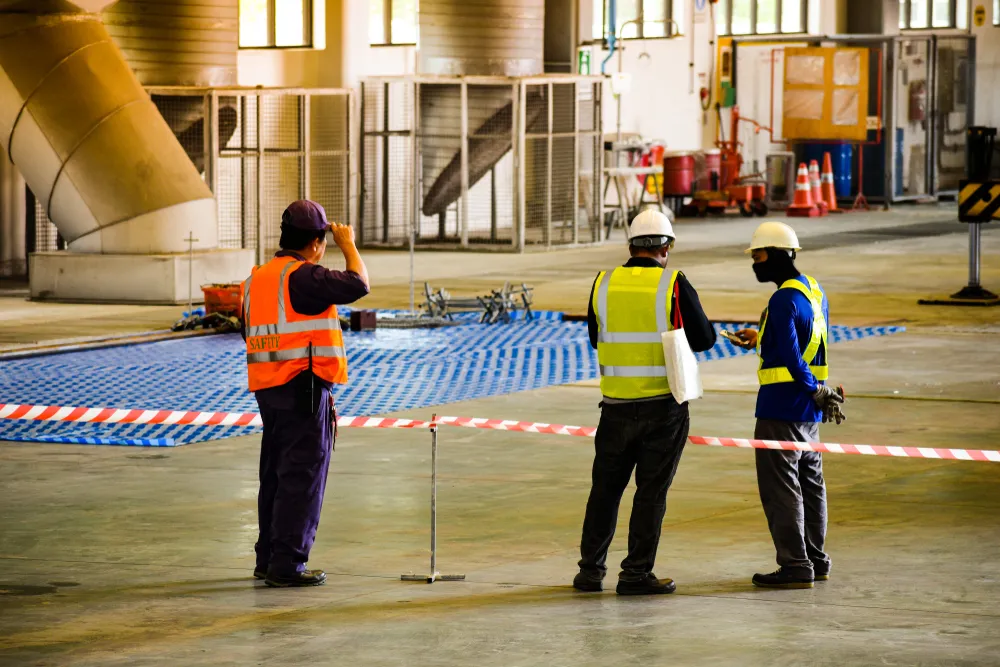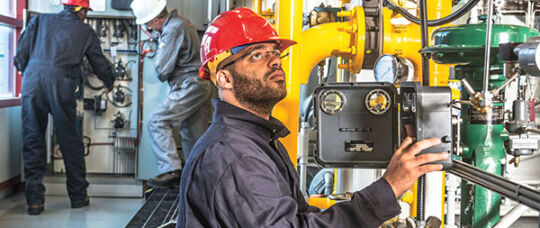All about Roar Solutions
All about Roar Solutions
Blog Article
Excitement About Roar Solutions
Table of ContentsRoar Solutions Things To Know Before You Get ThisRoar Solutions Things To Know Before You Get ThisThe Greatest Guide To Roar Solutions
In order to secure installations from a prospective explosion a technique of analysing and classifying a possibly unsafe area is required. The objective of this is to make sure the right option and setup of devices to inevitably protect against an explosion and to make sure safety of life.
(https://www.quora.com/profile/Roarsolutions)
No devices must be mounted where the surface area temperature level of the tools is more than the ignition temperature of the given hazard. Below are some common dust dangerous and their minimal ignition temperature. Coal Dust 380C 225C Polythene 420C (melts) Methyl Cellulose 420C 320C Starch 460C 435C Flour 490C 340C Sugar 490C 460C Grain Dust 510C 300C Phenolic Resin 530C > 450C Aluminium 590C > 450C PVC 700C > 450C Soot 810C 570C The probability of the hazard existing in a concentration high sufficient to trigger an ignition will vary from place to place.
Dangerous area electric equipment maybe created for use in higher ambient temperature levels. Field Fixing By Authorised Employee: Difficult screening might not be required nevertheless certain treatments might require to be followed in order for the devices to preserve its third event ranking. Each piece of equipment with a dangerous rating need to be reviewed separately.
Unknown Facts About Roar Solutions
The tools register is a thorough data source of tools records that includes a minimum collection of fields to identify each product's location, technical specifications, Ex category, age, and environmental data. The ratio of In-depth to Shut examinations will certainly be established by the Tools Threat, which is analyzed based on ignition risk (the possibility of a resource of ignition versus the possibility of a combustible atmosphere )and the dangerous area classification
( Zone 0Area 1, or 2). Applying a robust Risk-Based Inspection( RBI )method is vital for making sure compliance and safety and security in handling Electrical Tools in Hazardous Areas( EEHA).
Roar Solutions Fundamentals Explained

In regards to explosive risk, an unsafe area is a setting in which an explosive atmosphere is existing read this (or may be expected to be existing) in quantities that call for special preventative measures for the building, installation and use devices. Roar Solutions. In this write-up we check out the challenges encountered in the workplace, the threat control steps, and the required proficiencies to work securely
It issues of contemporary life that we manufacture, keep or take care of a series of gases or fluids that are deemed combustible, and a variety of dusts that are considered flammable. These substances can, in specific problems, create explosive ambiences and these can have major and tragic repercussions. A lot of us are familiar with the fire triangle get rid of any among the 3 elements and the fire can not occur, however what does this mean in the context of unsafe areas? When breaking this down right into its simplest terms it is essentially: a mix of a certain amount of launch or leak of a certain compound or product, combining with ambient oxygen, and the presence of a source of ignition.
In most instances, we can do little regarding the degrees of oxygen in the air, however we can have substantial influence on sources of ignition, for example electrical equipment. Hazardous areas are documented on the dangerous area classification drawing and are identified on-site by the triangular "EX" sign. Here, among various other crucial info, zones are split into three types depending upon the danger, the probability and period that an explosive atmosphere will exist; Zone 0 or 20 is deemed the most unsafe and Area 2 or 22 is considered the least.
Report this page